The use of Cannabis among Kenyan youth has become a matter of grave concern, as a recent survey conducted by the National Authority for the Campaign Against Alcohol and Drug Abuse (NACADA) has unveiled distressing trends in substance abuse, with a particular focus on cannabis, especially among the nation's younger population.
The NACADA survey, which delves into substance abuse in Kenya, has cast a spotlight on the escalating prevalence of cannabis use among the youth.
The statistics disclosed in this report bring to light deeply troubling patterns of drug initiation and consumption.
The findings of the survey reveal a startling reality, indicating that the age of initiation into substance use is staggeringly low.
Shockingly, children as young as six years old are introduced to tobacco, while prescription drugs and heroin find initiates at the tender ages of eight and eighteen, respectively.
Read More
The usage of cocaine, a highly potent and dangerous drug, typically commences at the age of twenty.
Of profound concern is the report's revelation of a nearly twofold increase in the use of "bhang" or cannabis over the past five years, raising significant doubts about the efficacy of existing prevention and education strategies.
These figures have amplified apprehensions about the myths, misinformation, and misconceptions surrounding cannabis, particularly among the youth.
The NACADA report discloses unsettling statistics, demonstrating that approximately one in every 53 Kenyans aged 15 to 65 years, totalling a staggering 518,807 individuals, currently engages in cannabis use.
Among males within the same age group, the rate escalates, with one in every 26 individuals (475,770) currently using cannabis. Alarmingly, for females, this statistic equates to one in every 333 individuals (43,037).
Perhaps the most staggering revelation is the exponential surge in cannabis users, with numbers skyrocketing by an astounding 90 per cent in just the last five years.
The report additionally provides insights into regional disparities in cannabis usage.
Notably, the Nairobi region exhibits the highest prevalence of current cannabis use, registering a concerning 6.3 per cent. Nyanza follows at 2.4 per cent, and the Coast at 1.9 per cent.
The statistics pertaining to youth and cannabis consumption paint a sombre picture. Among youths aged 15 to 24 years, one in every 37 individuals (193,430) currently partakes in cannabis use. For those aged 25 to 35 years, this rate stands at one in every 48 individuals (174,142).
Disturbingly, the report also underscores a significant connection between cannabis use and depressive disorders, with cannabis users facing a risk 2.3 times higher
The data further discloses a troubling addiction crisis. One in every 111 Kenyans aged 15 to 65 years (234,855) is reported as being addicted to cannabis.
Among youths aged 15 to 24 years, this rate is even higher, with one in every 77 individuals (90,531), and for those aged 25 to 35 years, it stands at one in every 83 individuals (100,468).
Shockingly, an alarming 47.4 per cent of current cannabis users are addicted to its use.
These disconcerting findings have raised serious concerns about the escalating demand for cannabis, especially among the younger population.
Experts attribute this trend to the pervasive misconception that cannabis carries minimal harm, fueled by myths, misinformation, and misconceptions surrounding the substance.
As these statistics reverberate through Kenyan society, urgent action and comprehensive strategies are called for to address the growing menace of cannabis use among the youth. The future well-being of the nation's younger generation depends on it.

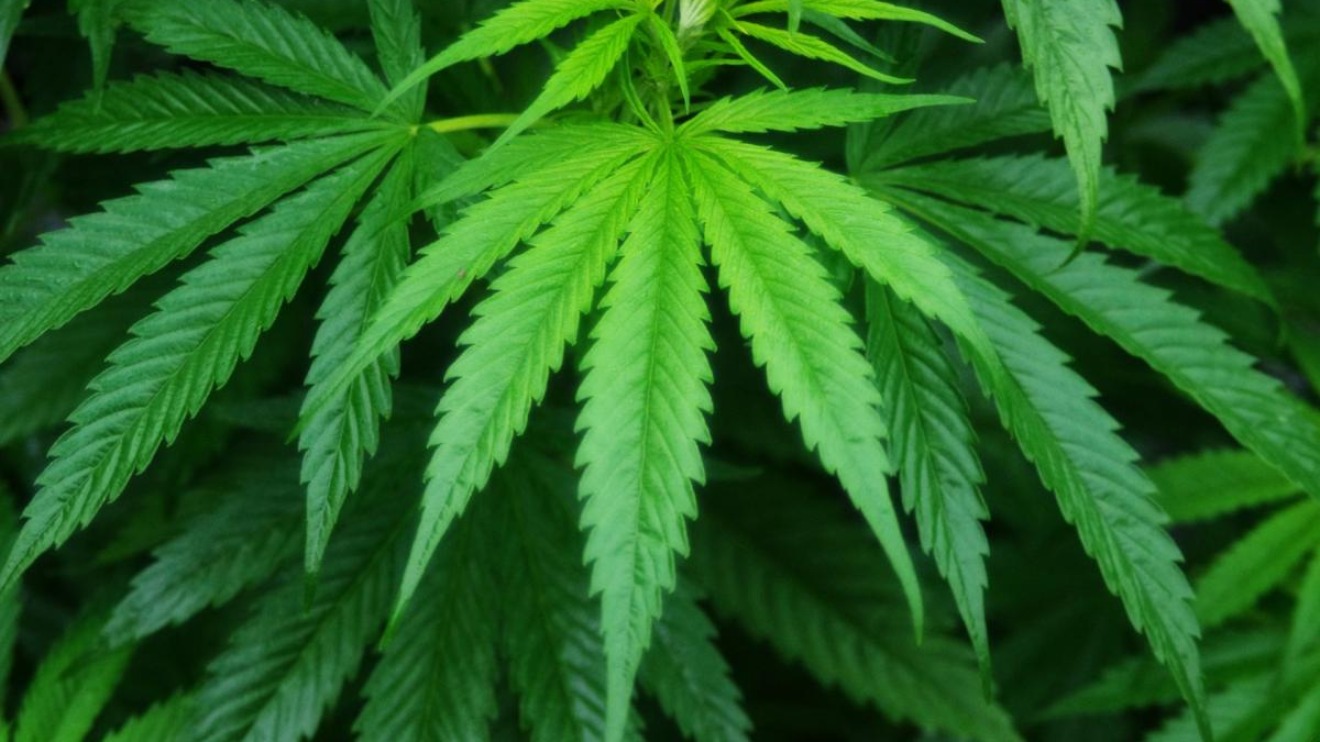

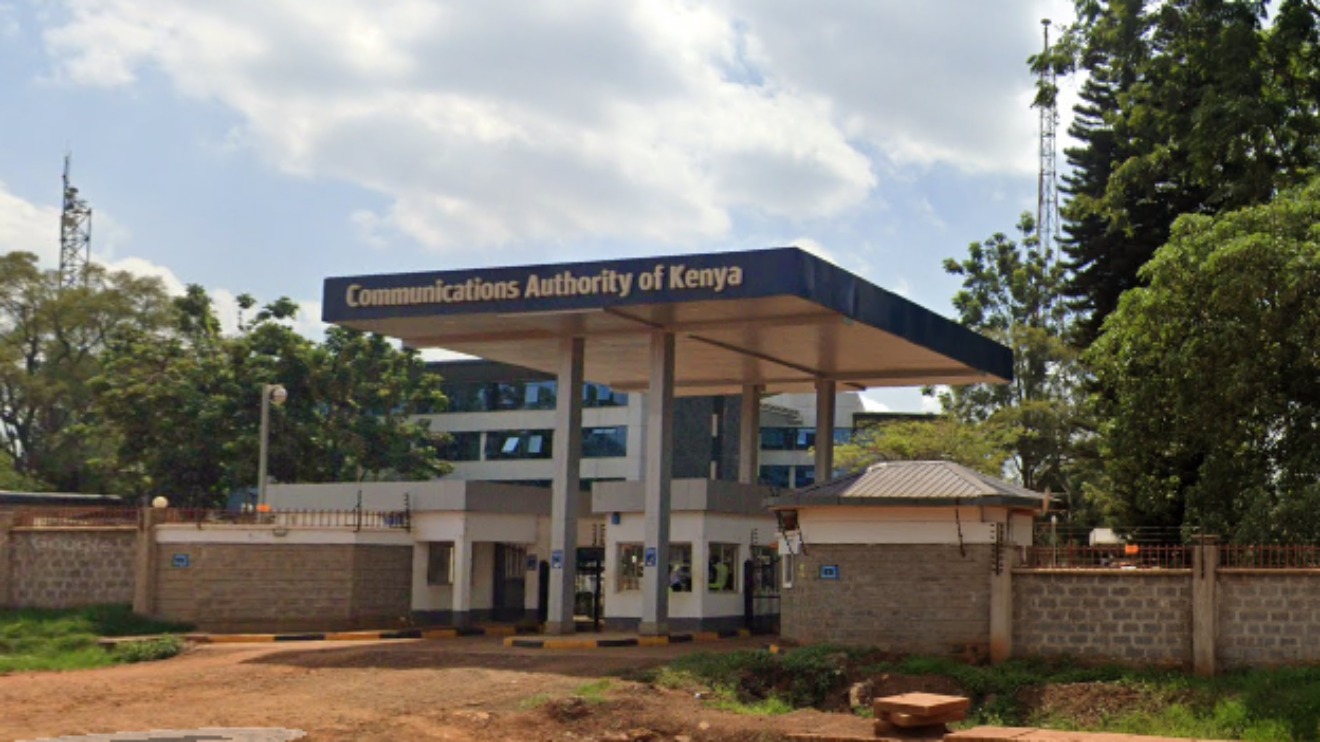
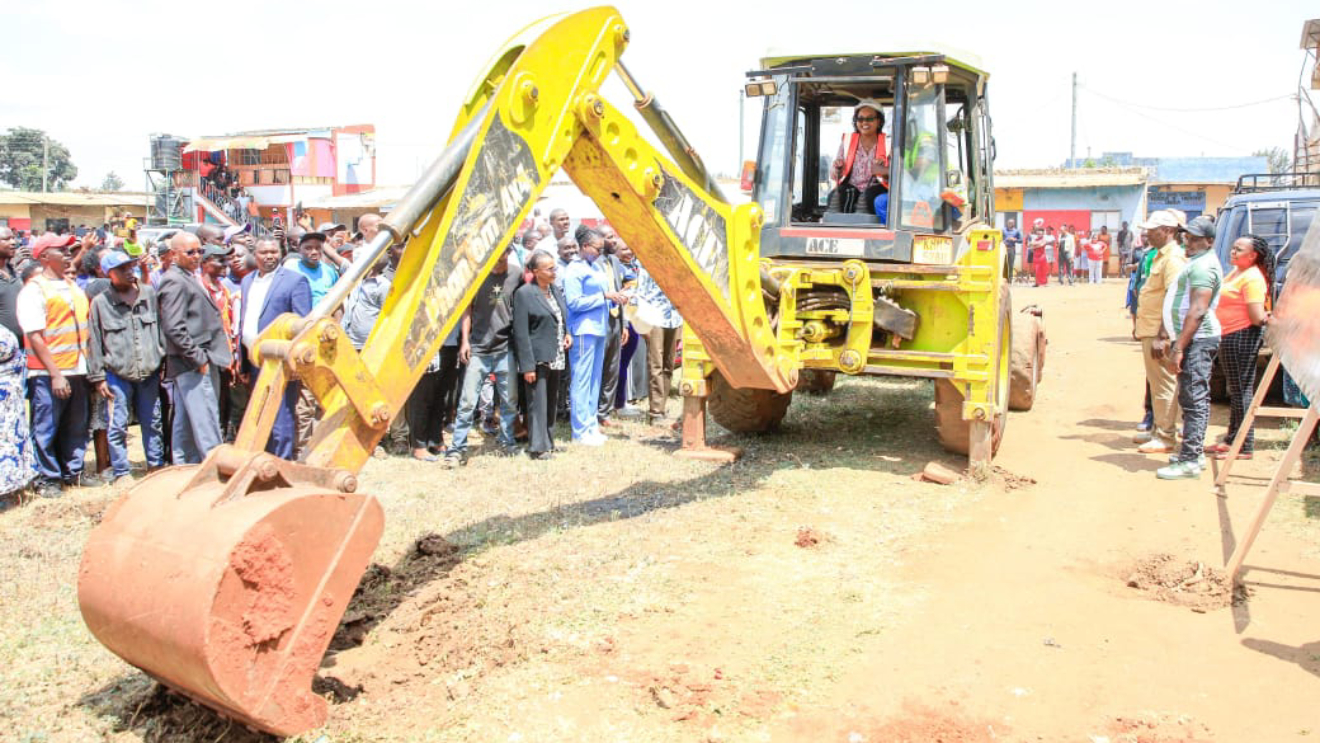
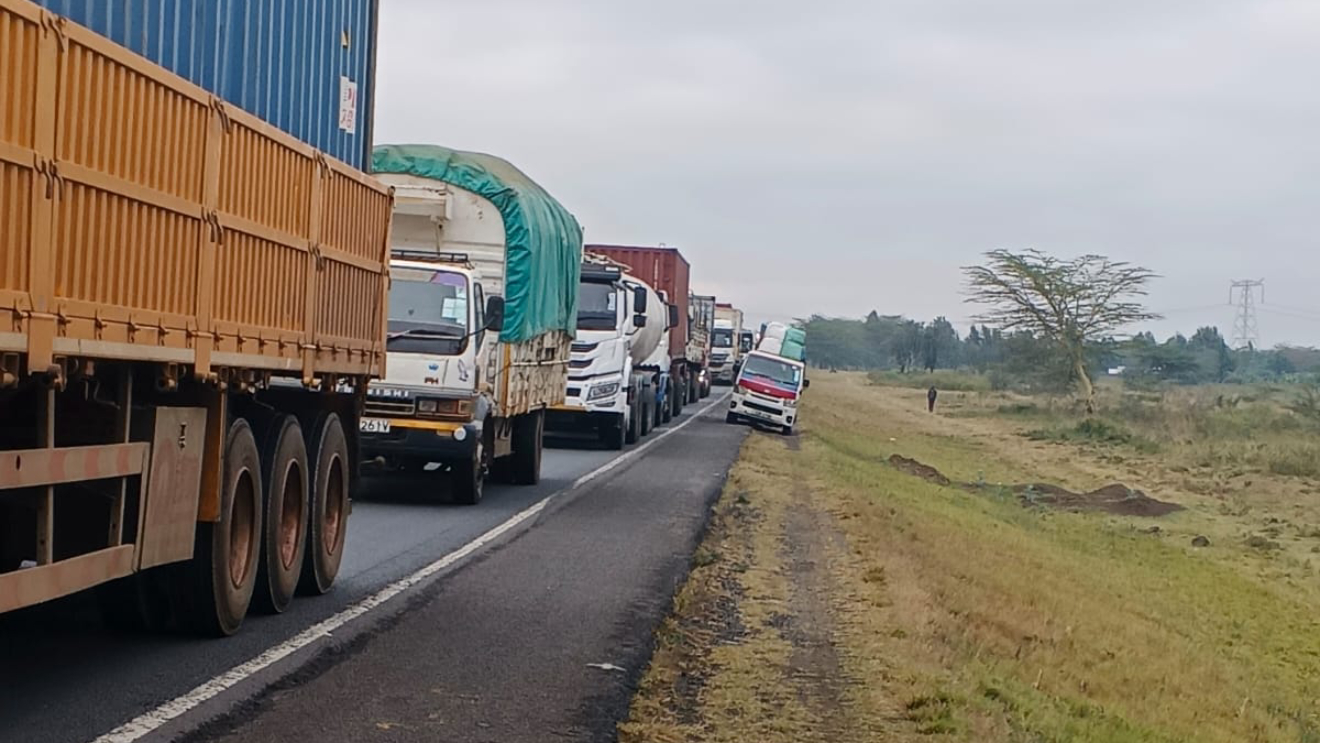
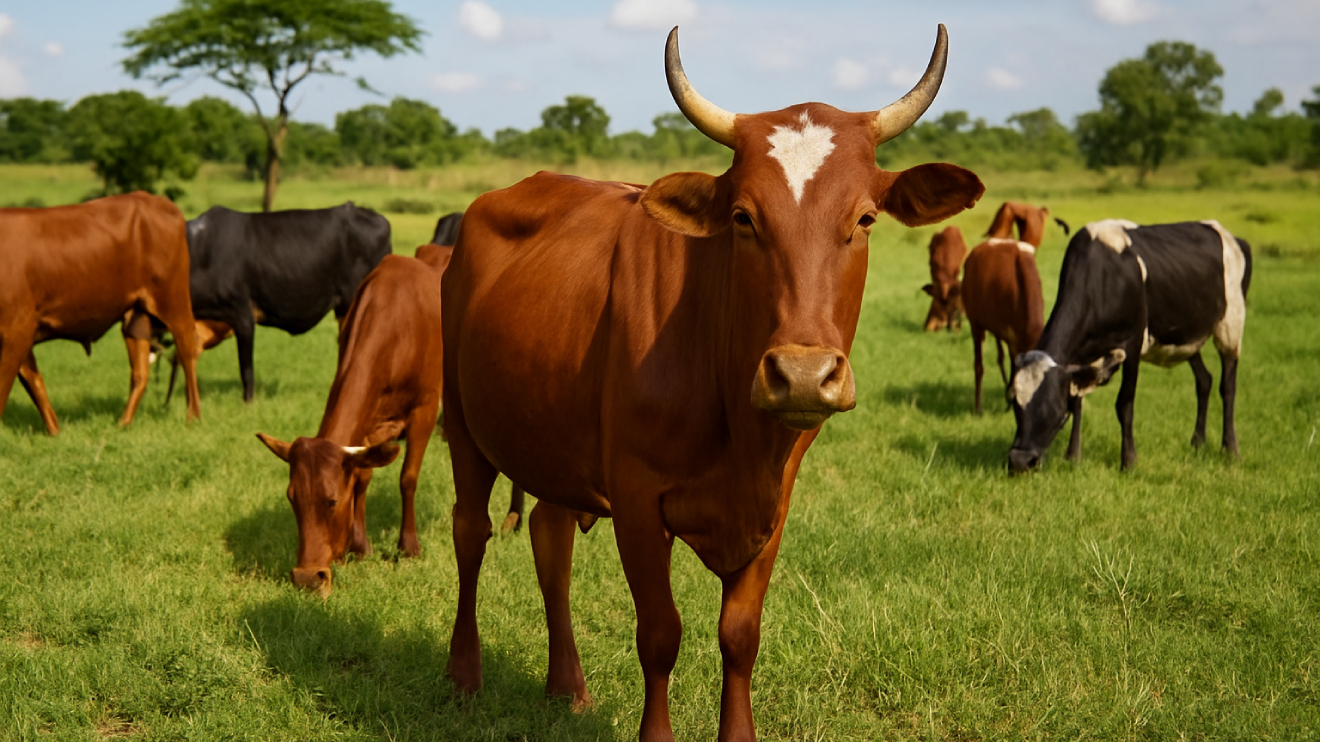

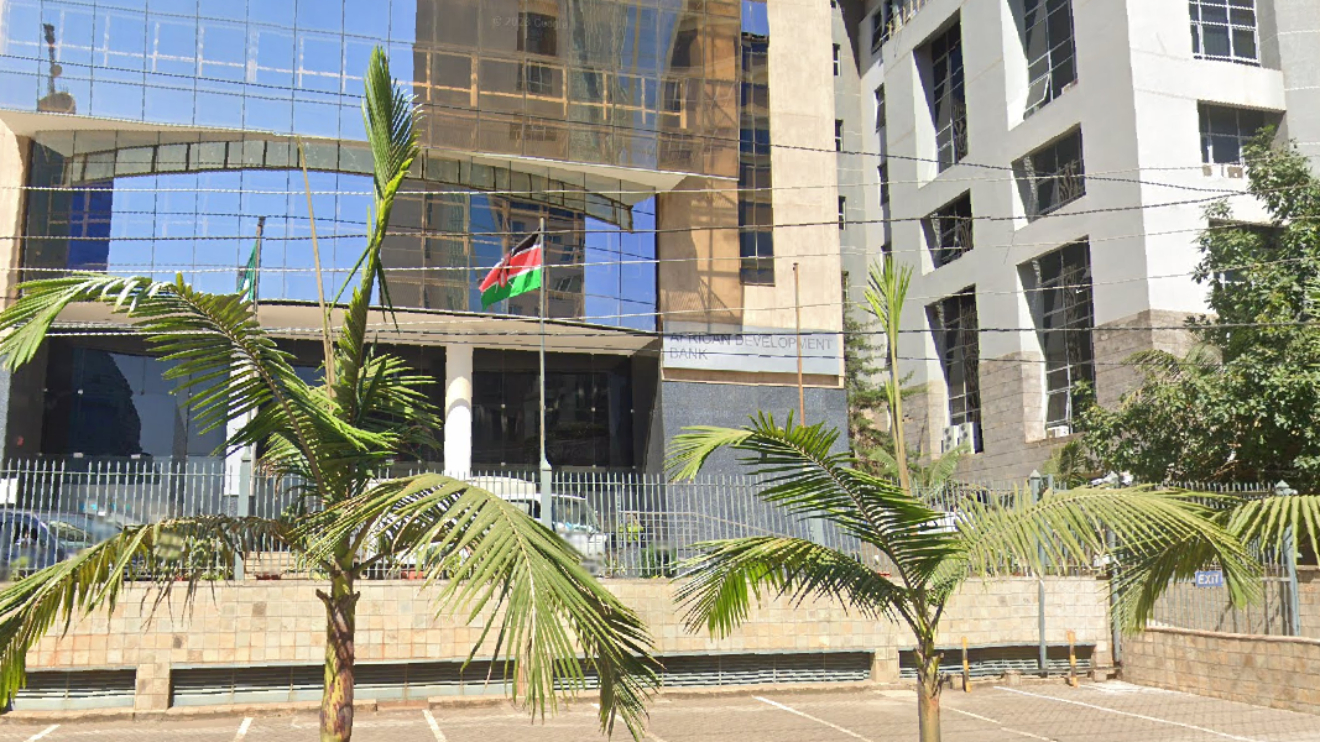
 shares a light moment with the company's Group CEO Dr Patrick Tumbo (right) at a past event-1758121528.jpeg)
-1758116028.jpeg)

